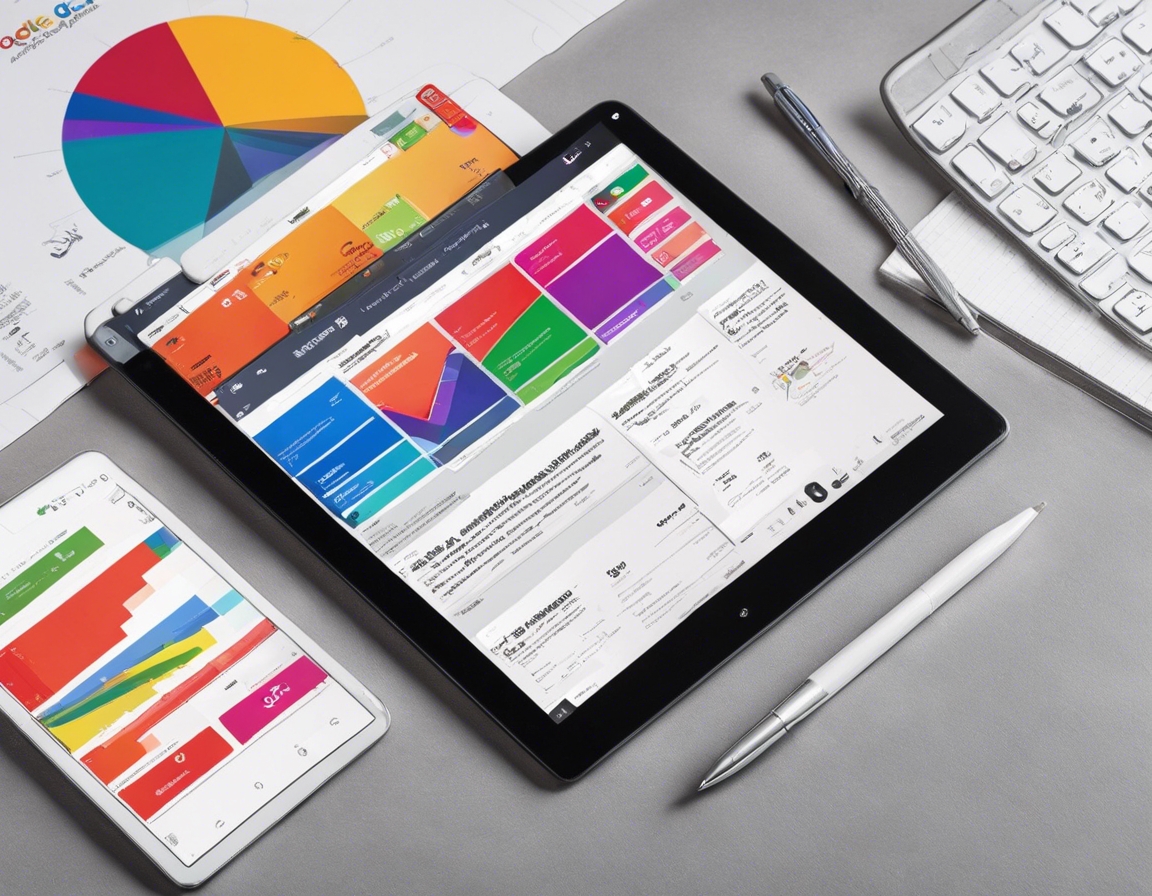Maximizing conversions: e-shop design essentials
The design of your e-shop is the digital storefront of your business. It's the first thing potential customers see and it sets the tone for their shopping experience. A well-designed e-shop can create trust, communicate value, and guide visitors to make a purchase, effectively increasing your conversion rates.
A conversion in the e-commerce realm refers to any desired action a visitor takes on your website, which could range from signing up for a newsletter to making a purchase. The goal of e-shop design is to lead visitors towards these actions in a seamless and intuitive way.
User Experience (UX) and User Interface (UI) Design Principles
Users should find your e-shop easy to navigate and understand. A clear and simple design helps reduce confusion and leads to better user experiences, which in turn can lead to higher conversion rates.
Consistency in design elements like colors, fonts, and layout helps build familiarity. A familiar user interface can make visitors feel more at ease and more likely to engage with your e-shop.
With an increasing number of consumers shopping on mobile devices, having a mobile-responsive design is crucial. It ensures that users have a positive experience regardless of the device they are using.
Visual Hierarchy and Layout
Colors and fonts play a significant role in guiding users' attention to important elements like calls-to-action and special offers. Choosing the right combination can significantly impact the effectiveness of your e-shop design.
High-quality images and thoughtful product displays can entice customers and provide a clear understanding of what you're selling. This visual appeal is essential for driving conversions.
Intuitive navigation and a well-organized menu structure allow visitors to find what they're looking for quickly and easily, which is essential for a positive shopping experience.
Optimizing the Checkout Process
Cart abandonment is a significant challenge for e-shops. Streamlining the checkout process by removing unnecessary steps can help reduce abandonment rates.
Offering multiple payment options and ensuring the security of the checkout process are critical for building trust and encouraging customers to complete their purchases.
Providing the option for guest checkout can increase conversions, as not all users are willing to create an account. However, encouraging account creation can lead to repeat purchases and customer loyalty.
Content and SEO Strategies for E-Shops
Well-crafted product descriptions with targeted SEO strategies can improve your e-shop's visibility and attract more qualified traffic, leading to increased conversions.
Incorporating social proof, such as customer reviews and ratings, can significantly influence purchasing decisions and boost conversion rates.
Content marketing can help establish your brand's authority and drive more traffic to your e-shop. Engaging content can also improve customer retention and encourage repeat business.
Technical Aspects of E-Shop Design
Site speed is a critical factor in user experience and SEO. A fast-loading e-shop can reduce bounce rates and improve overall performance.
Implementing analytics and conversion tracking tools allows you to measure the effectiveness of your design and marketing strategies, enabling continuous improvement.
Designing your e-shop with scalability in mind ensures that it can grow with your business. Future-proofing your design can save time and resources in the long run.






Comments (0)